Scottish Highlands Photos
Although it was my second trip to Scotland before I saw any of the Scottish Highlands, it was an absolute highlight of my that journey. The Scottish Highlands are full of history and rugged landscapes. Home of some of the largest national wilderness areas in Europe, the Scottish Highlands are sparsely populated since the Clearances of the 18th and 19th century where the bulk of the population was forcibly removed, either to the coast or the Lowlands, or the United States. The Highland clearances played a large part in the modern Scottish diaspora. There are roughly 5 million people of Scottish descent living in Scotland, compared with an estimate in excess of 20 million in North America alone. Interestingly, 2009 was marked as the first Scottish Homecoming, celebrating Scotland and encouraging people near and far to come take part in the festivities. The reason 2009 was selected is it’s the 250th anniversary of the birth of Robert Burns, Scotland’s national poet.

One of the most well known figures in Scottish history for those outside Scotland is Sir William Wallace, portrayed by Mel Gibson in the film, Braveheart. Unfortunately, the film is very loosely based on true events, but William Wallace was a national hero who fought bravely for Scotland’s independence – a battle fought over and over in the intervening years and in some ways desired unto today. Hence, the current Scottish parliament established in 1998, giving Scotland a say over some local matters previously decided at Westminster in London. The 19th century tower pictured above is in honor of the real William Wallace and stands on Abbey Craig. It’s said that Wallace watched from this location as King Edward’s troops gathered before the Battle of Stirling Bridge in 1297. Stirling is the gateway to the Scottish Highlands. Although there are other crossings now, historically Stirling Bridge was the crossing point from the Lowlands to the Highlands, thus a key location for centuries. Although we only had a short time here, as you can tell from the photo, the light hitting Wallace’s monument was brilliant on that winter morning, and I was inspired to create a textured piece making a striking photo art piece.

Almost at the other end of Scotland’s quest for Independence is Culloden pictured here. Although this photo is far more about the natural beauty of the moors at Culloden today, the trees in this landscape photo seem to have a defiant and resolute pose. This windswept place was the site of the last battle for Scotland’s independence, where the Scottish who did not normally fight in open places like this place took their last stand against the English. The Moors at Culloden are now a monument to the Scots who died there.
Just so this spotlight is not entirely a history lesson, and to prove the point that there is some incredible natural beauty in the highlands, I feel obligated to share a few landscapes from the Scottish Highlands to prove my point that the Highlands are gorgeous (although I doubt many would argue against me).
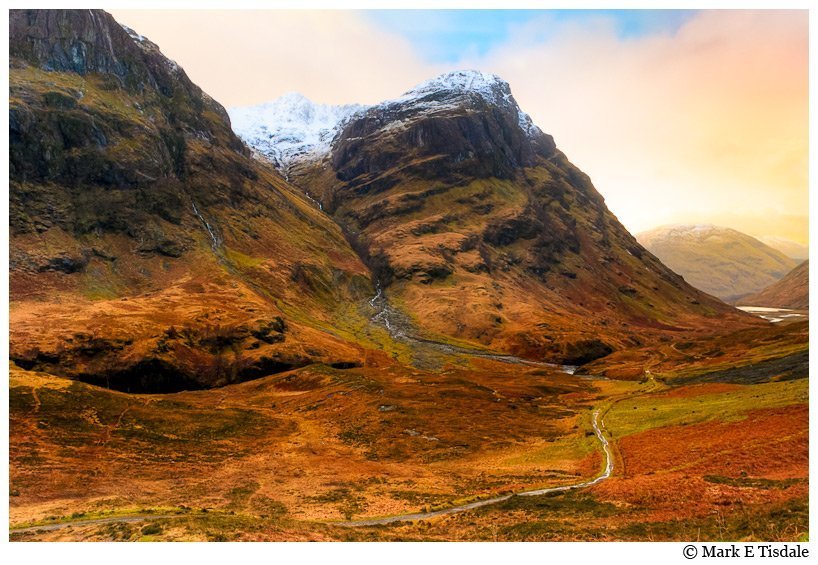
Glen Coe, pictured here, is a steep valley that runs from Glencoe, a village at Loch Leven (a sea loch) to Rannoch Moor. It’s apparently also known to some as the weeping valley, at least in part due to all the streams running off those mountains into the valley below. If you look closely you may see what appears to be a little stream in the valley, but this is actually the West Highland Way, a long hike through the Scottish Highlands that around 50,000 people a year walk. I’m not sure I would get very far very fast with incredible vistas like this begging for a photograph every few feet, but I would love to try some day. Landscapes like this beg to be explored and photographed, don’t they?
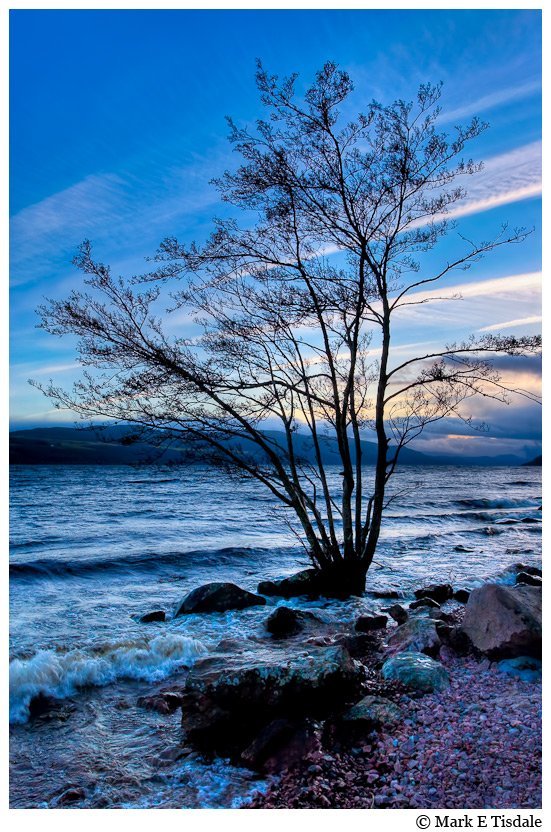
It’s hard to imagine venturing into the Highlands without stopping by the infamous Loch Ness! There have been sightings of the “Loch Ness Monster” affectionately called “Nessie” for centuries. The first written report was from an account of an Irish monk, Saint Columba. The account was written down in 565 AD, about a century after the sighting. The modern sightings began in 1933. Alas, no sightings of the rumored prehistoric beast who lives in this ancient body of water, but our dusk encounter with Loch Ness did generate this lovely photo of a deep blue sky against the bones of this tree, a great winter visual. Certainly anyone who visits cannot forget their time on the storied shores pictured here.
If you’ve been to Scotland and these scenes resonate with you or if you just dream of going and these encourage your dreams, hope you’ll leave a comment!
And, if you enjoyed these photos, I hope you’ll check out more of Scotland and my photos from Britain:




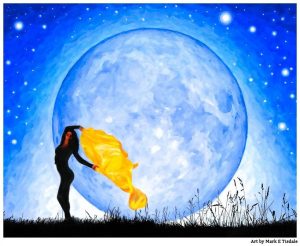

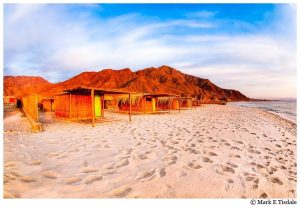

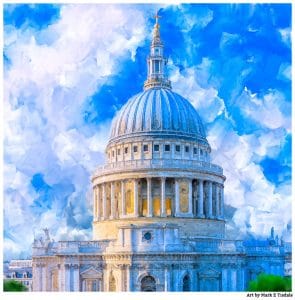
I love the Stand Tall Brothers. I can only imagine the story behind those trees.
Thanks Denise – it’s hard for me to pick one favorite from Scotland, but I do love the texture to the grass in this one – the light while we were visiting Culloden was really special.